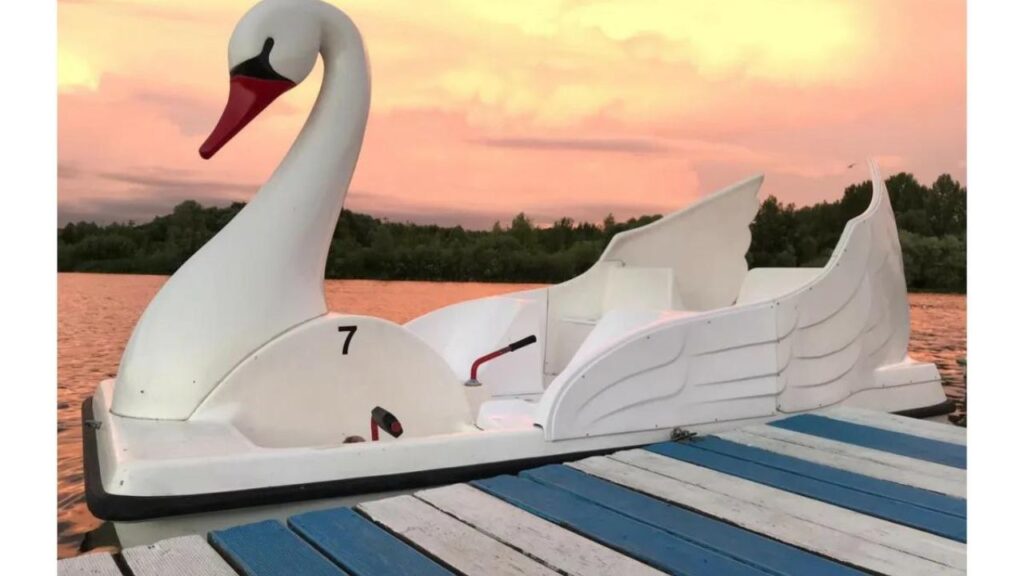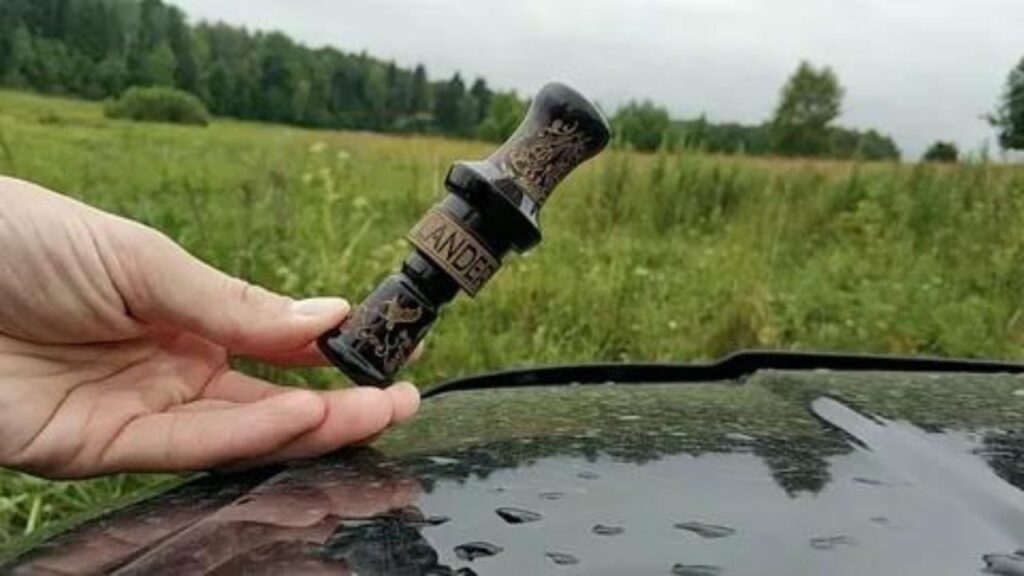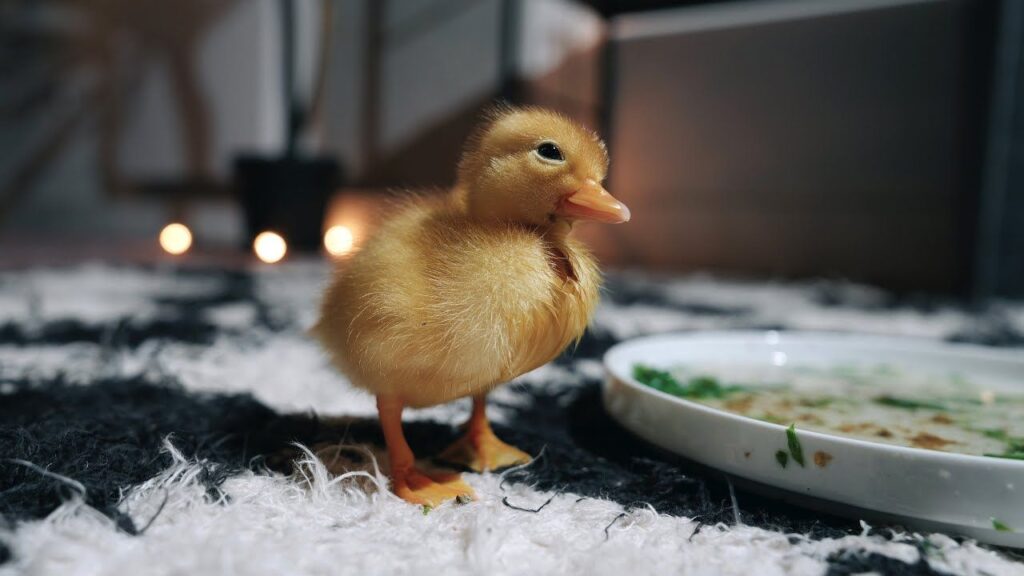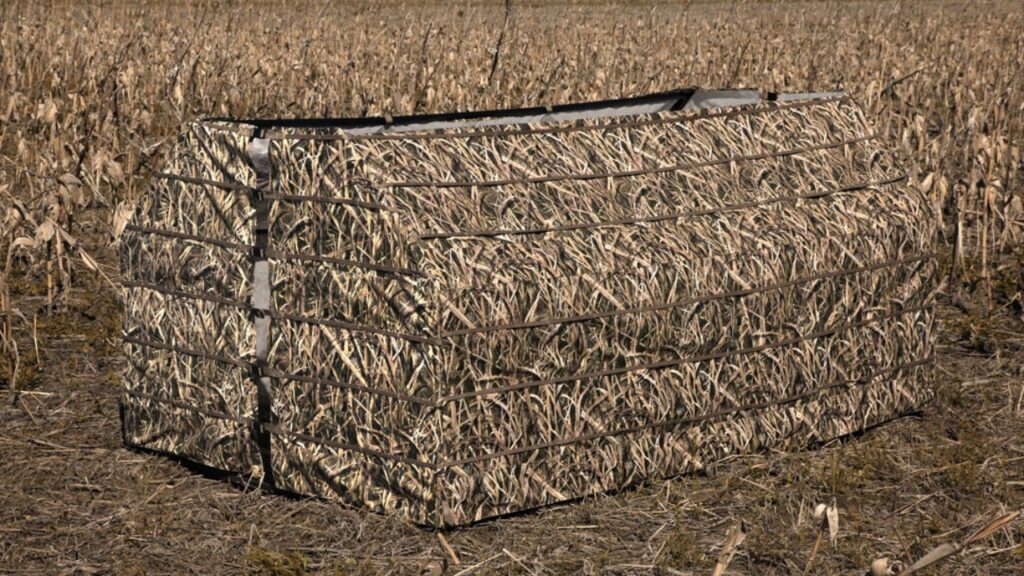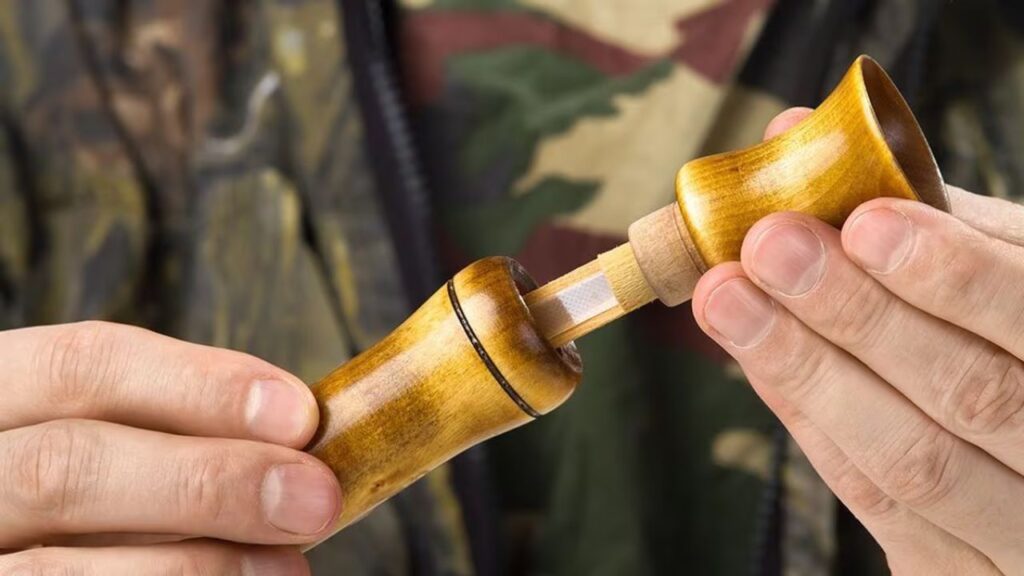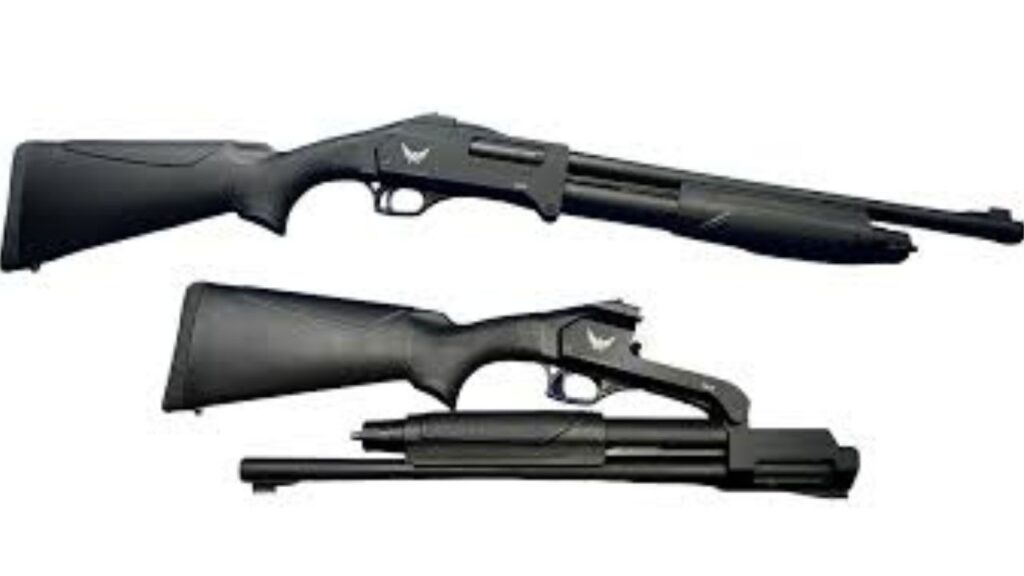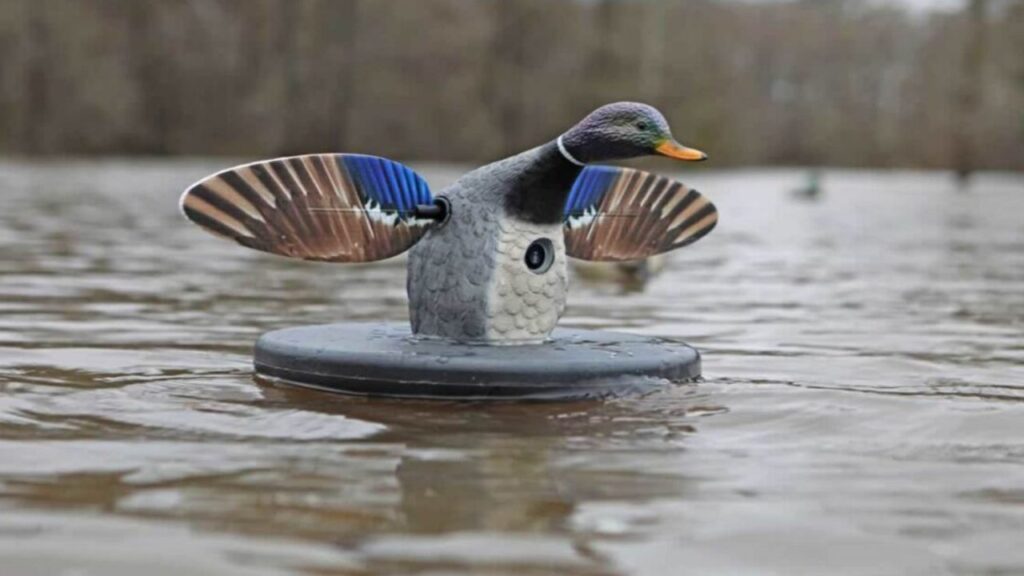Boating enthusiasts often seek ways to enhance the performance of their Jon boats without breaking the bank. One popular and cost-effective solution is the installation of diy jon boat flotation pods. These pods, when properly designed and installed, can significantly improve stability, buoyancy, and overall handling. In this complete guide, we will explore the advantages of adding flotation pods, provide a step-by-step tutorial for building and installing them, share real-life success stories, and discuss crucial considerations to ensure a successful DIY project.
Advantages of Adding Flotation Pods
Increased Stability and Buoyancy: One of the primary benefits of installing flotation pods is the increased stability they provide to a Jon boat. Diy jon boat flotation pods kit additional buoyancy helps the boat ride higher on the water, reducing the risk of capsizing and improving overall safety.
Improved Planing and Speed Control: Flotation pods enhance the boat’s planning ability, allowing it to achieve higher speeds with less power. Flotation pods for aluminum boats not only improve efficiency but also provide better control over the vessel, especially in varying water conditions.
Enhanced Weight Distribution for Better Maneuverability: Properly placed flotation pods optimize weight distribution, making the boat more responsive to steering. This results in improved maneuverability, a crucial factor for navigating tight spaces or swiftly changing directions.
Choosing the Right Materials
When embarking on a DIY flotation pod project, selecting the right materials is important to ensure durability and buoyancy. Commonly used materials include marine-grade plywood, closed-cell foam, and aluminum. Factors such as weight, cost, and resistance to water damage should be considered when making your choice.
Step-by-Step Guide for Building DIY Flotation Pods
Preparing Materials and Tools: Before diving into the project, gather all necessary materials and tools. These may include plywood, foam, adhesive, a saw, and waterproof sealant. Ensure you have a clear plan and design for your flotation pods.
Design Considerations for Effective Flotation:
- Take time to design your flotation pods with precision.
- Consider the size and shape, ensuring they complement the boat’s design.
- Strive for a balance between buoyancy and weight to achieve optimal performance.
Installing Flotation Pods on a Jon Boat
Proper Placement and Alignment: Accurate placement of the flotation pods is critical for achieving the desired results. Follow the boat manufacturer’s guidelines and consider factors such as weight distribution and boat trim. Proper alignment ensures maximum effectiveness.
Securing Flotation Pods for Optimal Performance: Use quality adhesive and secure your flotation pods firmly to the boat. Reinforce the attachment with screws or brackets, depending on the chosen materials. A secure installation prevents shifting or detachment during use.
Safety Considerations
Importance of Following Safety Guidelines During Installation: Prioritize safety throughout the installation process. Wear appropriate safety gear, follow guidelines for tool usage, and take precautions to prevent accidents. A safe installation ensures the longevity of your DIY project.
Tips for Regular Maintenance and Inspection:
- After installation, implement a routine maintenance schedule.
- Regularly inspect the flotation pods for signs of wear or damage.
- Promptly address any issues to keep your boat in top condition.
Testing and Adjusting Flotation Pods
Conducting a Water Test: Before hitting the open water,
- Conduct a thorough water test.
- Monitor the boat’s performance, stability, and handling.
- Make adjustments as required to achieve the desired results.
Making Adjustments for Optimal Performance: Based on the water test, make any necessary adjustments to the flotation pods. Small tweaks in alignment or buoyancy can have a significant impact on performance. Fine-tune until you achieve the ideal setup.
Real-Life Success Stories: Incorporating real-life experiences adds a personal touch to the DIY journey. Many boating enthusiasts have successfully added flotation pods to their Jon boats, reporting enhanced stability, better speed control, and an overall improvement in their boating experience. These sensational stories serve as inspiration for those considering a similar project.
Common Mistakes to Avoid
When diving into the DIY world of flotation pods for jon boat flotation pods, avoid common mistakes like improper alignment, inadequate securing of pods, and subpar material choices. These errors can impact stability and performance. Troubleshoot systematically if issues arise, referencing online resources or seeking advice from experienced boaters. Remember, learning from others’ mistakes is key to a successful and satisfying DIY project.
Identifying Errors That DIY Enthusiasts Often Make
While DIY projects can be rewarding, they are challenging. Common mistakes include improper alignment, inadequate securing of pods, and using subpar materials. Learn from the experiences of others to avoid these pitfalls.
Tips for Troubleshooting and Rectifying Mistakes
If issues arise during or after installation, don’t panic. Troubleshoot the problem systematically, referring to online resources or seeking advice from experienced boaters. Rectifying mistakes is part of the learning process.
Cost Savings Compared to Purchasing Pre-Made Pods
One of the significant benefits of DIY projects is cost savings. Building your flotation pods is often more economical than purchasing pre-made options. Bolt on flotation pods financial benefit makes the project accessible to a broader audience.
The Satisfaction of a Customized and Self-Built Solution
Beyond cost savings, there’s a unique satisfaction in crafting and installing your flotation pods. The customization allows you to tailor the pods to your specific needs and importance, beavertail float pods, creating a sense of ownership and pride in your boating enhancements.
DIY Flotation Pods vs. Commercial Options
A Comparison of Pros and Cons: Consider the advantages and disadvantages of DIY flotation pods versus commercially available options. While DIY projects offer customization and cost savings, pre-made pods may provide convenience and a standardized design. Evaluate your prerogatives to make an informed decision.
Factors to Consider When Determining Between DIY and Commercial Flotation Pods: Assess factors such as your DIY skills, time commitment, and budget when deciding between the two options. Both have their merits, and the choice depends on individual preferences and priorities.
Tips for Maintaining Flotation Pods
Cleaning and Protecting the Pods: Regular cleaning and safeguarding are essential for maintaining the longevity of your flotation pods. Remove debris and examine for any signs of damage. Apply waterproof sealant as needed to protect against water damage.
Ensuring Long-Term Durability and Effectiveness: With proper maintenance, DIY flotation pods can provide long-term durability and effectiveness. Stay proactive in addressing any issues promptly, and your customized pods will continue to enhance your boating experience.
Enhancing the Aesthetics of Flotation Pods
Ideas for Incorporating Design Elements
While functionality is crucial, there’s no reason why your flotation pods can’t look good too. Consider incorporating design elements such as paint, decals, or unique shapes to enhance the aesthetics of your boat.
Personalizing Flotation Pods for a Unique Look
Express your personality by personalizing your flotation pods. Whether it’s a custom paint job or a unique design, adding a touch of individuality makes your boat stand out on the water.
Considerations for Eco-Friendly Materials and Practices
As responsible boaters, consider the environmental impact of your DIY project. Opt for eco-friendly materials and practices, minimizing waste and ensuring your project has a minimal footprint.
Minimizing the Environmental Footprint of DIY Projects
From material selection to waste disposal, take steps to minimize the environmental impact of your DIY flotation pods. Being environmentally conscious adds another layer of satisfaction to your boating improvements.
Conclusion
In conclusion, DIY Jon boat flotation pods are a fantastic way to enhance the performance of your vessel without a significant financial investment. By following the summarized steps, you can customize your flotation pods to meet your specific needs and preferences. Realize the economic benefits, enjoy the satisfaction of a self-built solution, and take pride in the improved stability and control of your Jon boat.
FAQ
Does Foam Help A Jon Boat Float?
Flotation foam is really useful for a wide range of watercraft, including aluminum v-hull fishing boats, sailboats, luxury yachts, cargo ships, canoes, kayaks, and pontoon boats.
What Are DIY Float Pods For Boat Made Of?
Inside this sensory deprivation pod is water filled with almost 1000 pounds of Epsom salt. Because of the high content of magnesium sulfate, the body, once inside the tank, will float,” explained Grace Obana at Recovery Spa, which is tucked on the top level of the Upper Deck Sports Center.
Do Float Pods Work On Boats?
Our buoyancy Pods provide an additional 200 LBS of buoyancy in addition to raising the plane of your boat. The additional floatation mitigates the adverse effect on performance that is sometimes linked to the increased weight of a traditional 4-stroke air-cooled engine.


